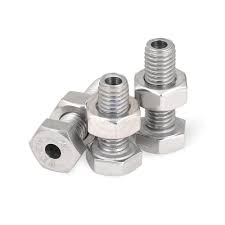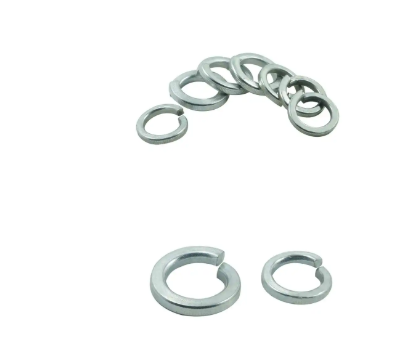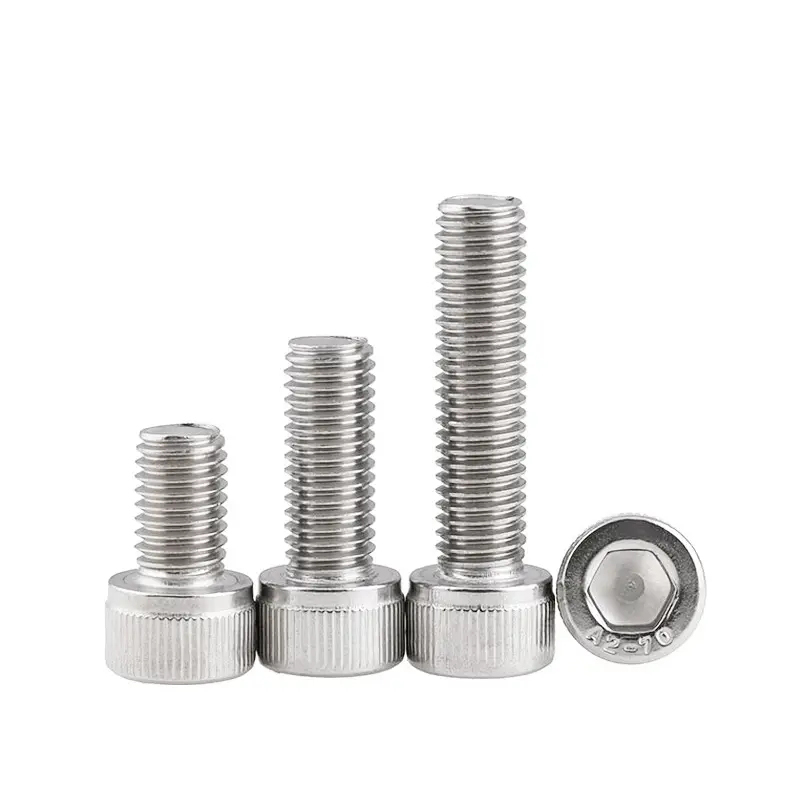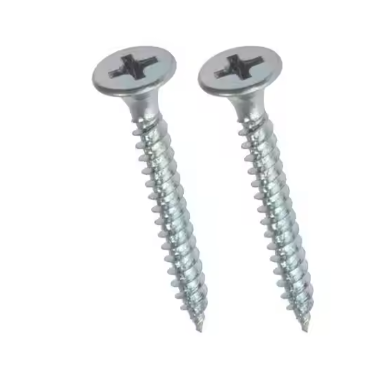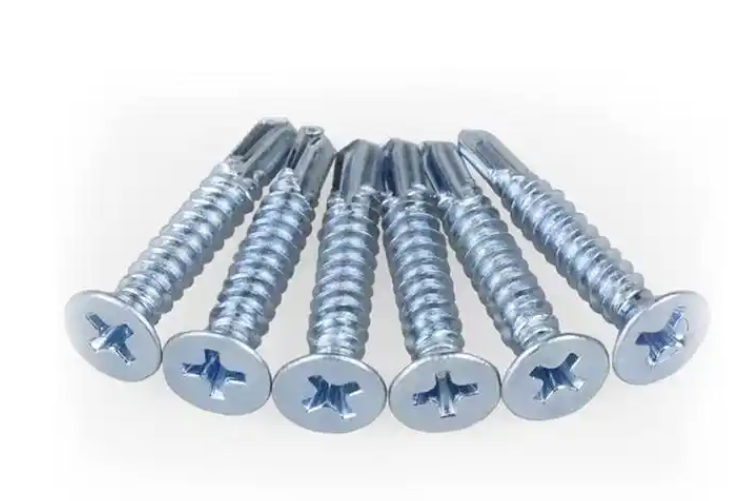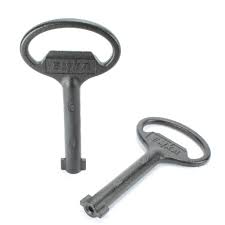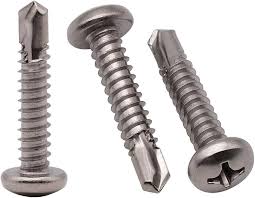

This comprehensive guide explores the world of welding nails, covering their types, applications, advantages, and disadvantages. We'll delve into the specifics of choosing the right welding nail for your project and provide practical tips for successful welding nail application. Learn how to maximize efficiency and minimize waste when using welding nails.
Solid welding nails are the most common type. They are made from a single piece of metal and offer excellent strength and durability. Their simple design makes them suitable for a wide range of applications. The choice of material (often steel) will dictate the nail's strength and resistance to corrosion. Consider factors like the thickness of the nail and the required tensile strength when selecting a solid welding nail.
Fluted welding nails feature grooves along their shaft. These grooves increase the surface area, improving the weld and providing a stronger bond. They are particularly useful in applications where a high degree of holding power is necessary. The increased surface area aids in heat dissipation during the welding process, potentially reducing weld splatter.
Beyond solid and fluted options, specialized welding nails are available for specific applications. These might include nails with coatings for corrosion resistance or nails designed for specific metal thicknesses. Consult with a supplier like Hebei Dewell Metal Products Co., LTD to determine the best type for your unique needs.
Welding nails find extensive use in various industries. Common applications include:
The specific type of welding nail selected will depend on the material being joined, the required strength of the joint, and the welding process being used.
Selecting the appropriate welding nail involves considering several key factors:
| Advantages | Disadvantages |
|---|---|
| Strong and durable joints | Requires specialized welding equipment |
| High production speed | Potential for weld defects if not done properly |
| Relatively low cost | Requires skilled labor for optimal results |
Always adhere to safety guidelines when working with welding nails and welding equipment. Wear appropriate personal protective equipment (PPE), including safety glasses, gloves, and a welding mask. Ensure proper ventilation in the work area to minimize exposure to fumes and sparks. Consult the manufacturer's instructions and relevant safety regulations for detailed guidance.
By understanding the different types and applications of welding nails, and by following appropriate safety precautions, you can ensure efficient and safe usage in your projects.

